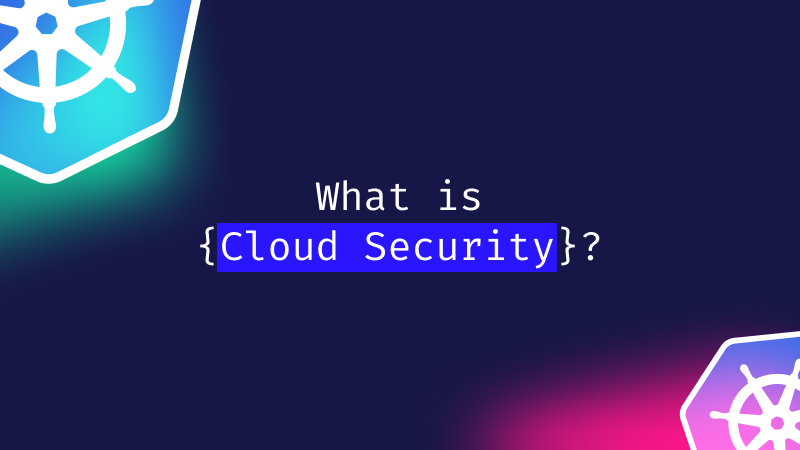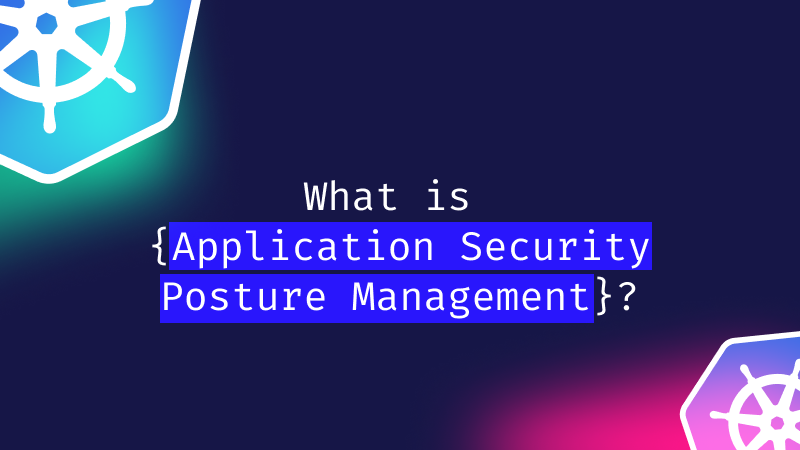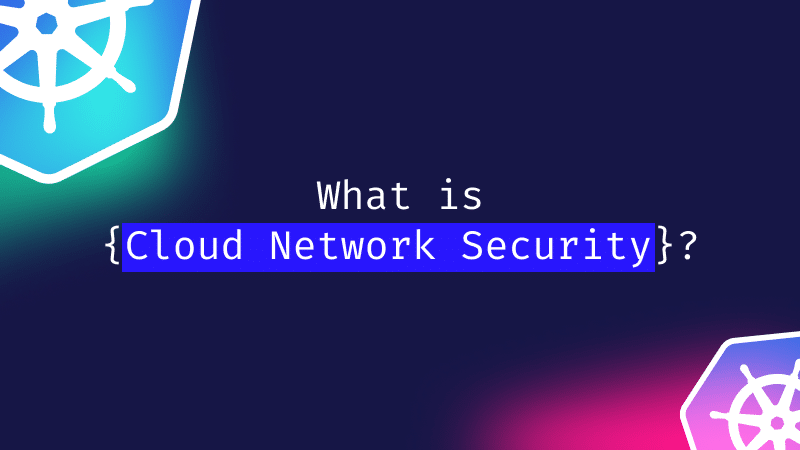Cloud Native Application Protection Platform
What is a Cloud Native Application Protection Platform (CNAPP)?
Cloud Native Application Protection Platform or CNAPP, is a security framework for cloud-native environments. CNAPP acts as an umbrella framework for diverse security platforms which focus on different areas of a particular cloud infrastructure. The umbrella enables companies to use one platform instead of individual ones, thus streamlining their complete process.
In essence, CNAPP is a one-stop solution for cyber security for cloud systems. CNAPP acts as an extension of shift left security and DevSecOps, ensuring organizations perceive security and compliance as a continuous always-on process integrated with other operations on the cloud.
Components of CNAPP
CNAPP comprises several components which act as individual frameworks for security. Below are the primary frameworks that work under CNAPP
CWPP
Cloud Workload Protection Platform (CWPP) is a framework that takes care of the security around the applications’ workload. CWPP functions across multiple cloud-native applications and environments and offers solutions based on where the infrastructure is deployed whether public, private, or hybrid cloud environments. Main features include: Cloud-native protection, workload protection, threat detection and response, compliance management, automation and centralized management.
CSPM
Cloud Security Posture Management (CSPM) automates security processes for cloud environments, which involve identifying misconfigurations, fixing them, checking for compliance, and using Artificial Intelligence (AI) to guide developers and other security personnel to fix issues. Furthermore, CSPM monitors the cloud-native applications in real-time and alerts when an error is spotted or a misconfiguration is found. CSPM continuously performs these operations and thus helps companies to strengthen the cloud infrastructure’s security.
CSNS
Like CWPP, Cloud Service Network Security (CSNS) also focuses on workloads within a cloud environment. However, here, it primarily protects the network perimeter and performs operations such as load balancing, protection against Denial of Service (DoS), and protection of API and web applications.
KSPM
Kubernetes Security Posture Management (KSPM) is not traditionally a part of the CNAPP since it focuses solely on Kubernetes environments. Thus, on a broader level, KSPM tools perform similar operations as the rest of the components but are more suited towards Kubernetes environments. KSPM involves misconfiguration of resources such as pods and clusters, compliance to Kubernetes standards, reviewing the RBAC policies, and more.
Functionalities of CNAPP
Visibility on All Connected Cloud Environments
Cloud-native application protection platform governs all cloud environments across service providers and vendors such as Google Cloud, AWS, and Azure. With these tools, organizations can have visibility on all resources, data, traffic, users, and more. They help with identifying threats, risks, and solutions for them.
Secure Production Environment
CNAPP can contribute to a secure production environment by providing a comprehensive, automated, and scalable security solution for cloud-native applications. By integrating with DevSecOps processes and providing visibility into security events, CNAPP can help organizations ensure the security of their production environments and protect against a wide range of cyber threats.
CNAPP leverages the shift left methodology to ensure that security is taken care of in the early stages of the development lifecycle. Strengthening security then becomes a persistent effort, meaning less time goes into risk remediation once the application is deployed. CNAPP also ensures compliance, checking that recommendations are met and misconfigurations, vulnerabilities, and errors are not overlooked.
Secure Workloads
CNAPP provides a comprehensive, automated, and scalable security solution for cloud-native workloads. With key features such as real-time threat detection and response, container security, application-aware security, and visibility into security events, CNAPP can help organizations ensure the security of their workloads.
Real-time Governance and Compliance
CNAPP tools automate the process of assessment and management. This is possible only via real-time governance of complete cloud infrastructure. Thus, security personnel in companies can get instantaneous alerts, red flags for misconfigurations, and more. Any incident can be spotted while it is occurring, and the tools also guide the DevSecOps team to take immediate action to mitigate the damage or prevent the incident.
Streamlining of Operations
Since CNAPP tools encompass multiple individual frameworks, they provide a single dashboard through which cloud environments can be secured. Furthermore, all team members and personnel can use the tool as a single source of truth, thus saving time in troubleshooting a problem and increasing employee productivity.
Benefits of CNAPP
- CNAPP tools provide a straightforward way to assess and manage the security of cloud-native applications. The functionalities ensure the security of all components of the environment is strengthened.
- Due to the integration of multiple frameworks, the DevOps team can have much better visibility of the workload, access, traffic, resource usage, and more.
- CNAPP enables organizations to avoid the overhead of integrating multiple frameworks and using them individually for different components of the environment.
- Due to lower complexities, managing the cloud across vendors becomes time and cost-efficient.
- CNAPP tools integrate security assessment functionalities at each stage of the development lifecycle. As a result, security issues at each stage are resolved there instead of rolling over unaddressed to the next stage.
Best Practices of CNAPP
- CNAPP tools must be integrated across the entire cloud native application lifecycle, right from development to deployment.
- The tools must be integrated to comprehensively scan all artifacts, resources, data points, and more at all times.
- Organizations must ensure the least privileged access principle is applied to all resources and data. Thus sensitive data can be protected, and resources aren’t vulnerable to malicious attacks.
- The priority for risk remediation must be set to ensure that the risks with the highest threats are resolved first.
- After the deployment of CNAPP tools, security must become a continuous, always-on effort. While the automation of the risk management process and real-time monitoring serves the purpose, organizations must train the personnel to improve the infrastructure’s security persistently.







 Continue as a guest
Continue as a guest